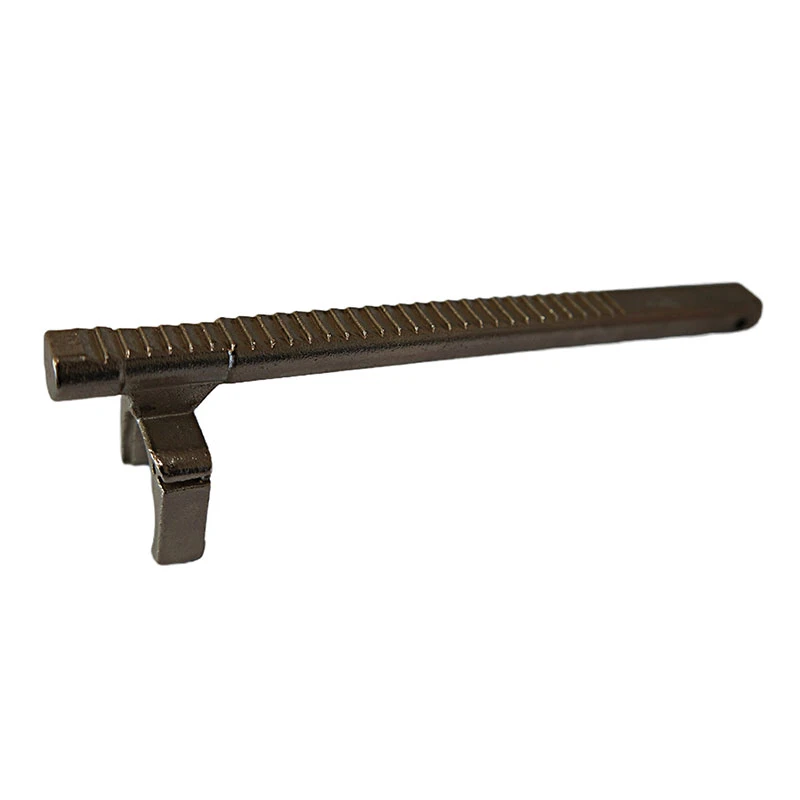stamping part
Understanding Stamping Parts An Integral Component of Modern Manufacturing
In the realm of modern manufacturing, stamping parts play a crucial role in a variety of industries, including automotive, aerospace, electronics, and appliances. Stamping is a manufacturing process that involves creating shapes and components by applying pressure to metal sheets, leading to a wide array of applications. This article will explore the significance of stamping parts, the processes involved, and their impact on various industries.
The Stamping Process
The stamping process typically begins with a flat metal sheet, often referred to as a blank. This sheet can be made from a variety of materials, including steel, aluminum, and copper, depending on the application requirements. The first step involves cutting the metal sheet to the desired size, which is then placed into a stamping press equipped with a die. The die is a specialized tool that contains the design of the final part.
Once the metal sheet is positioned correctly, the press applies immense pressure, causing the metal to conform to the shape of the die. This pressure can be achieved through methods such as mechanical or hydraulic presses, allowing for high precision and repeatability in the manufacturing process. Some common stamping operations include blanking, bending, piercing, and embossing, each serving different functions in creating the final product.
Advantages of Stamping Parts
One of the primary advantages of stamping is its efficiency. Once the initial die is created, the process can produce thousands of identical parts in a relatively short amount of time. This mass production capability is especially beneficial for industries that require a high volume of components, such as automotive manufacturers, where parts like brackets, gears, and body panels are produced en masse.
stamping part

Another significant benefit is the cost-effectiveness of stamping. Although the initial investment in designing and fabricating a die can be substantial, the long-term savings in production costs make it an attractive option. The ability to produce parts with minimal waste and the high level of material utilization further enhance the economic efficiency of the process.
Stamping also offers excellent precision and quality control. Modern stamping technologies enable manufacturers to achieve tight tolerances and consistent dimensions, resulting in products that meet strict quality standards. This precision is particularly vital in industries such as aerospace, where even minor deviations can have serious consequences.
Applications of Stamping Parts
Stamping parts are found in countless applications across various industries. In the automotive sector, stamping is used to create outer body panels, structural components, and intricate parts for engines and transmissions. The aerospace industry relies on stamping for components that must withstand extreme conditions, offering both reliability and strength. Additionally, consumer electronics utilize stamped parts in the assembly of devices, enclosures, and connectors.
The versatility of stamping also allows for the integration of multiple processes into a single operation. For example, a single stamping operation can include blanking, forming, and even finishing processes, reducing the need for secondary operations and improving overall production efficiency.
Conclusion
In conclusion, stamping parts are a vital element of contemporary manufacturing, providing numerous advantages in terms of efficiency, cost-effectiveness, and precision. As technology continues to evolve, the stamping process is likely to become even more advanced, incorporating automation and digital innovations to further enhance production capabilities. With its widespread applications and integral role in various industries, stamping will remain a cornerstone of modern manufacturing, driving innovation and efficiency for years to come.
-
OEM Sand Cast Pump Valve Fittings - Baoding Hairun Machinery And Equipment Trading Co., Ltd.NewsAug.01,2025
-
Custom OEM Impellers | High Efficiency & PrecisionNewsAug.01,2025
-
OEM Sand Cast Pump Valve Fittings - Baoding Hairun Machinery | Customization, Quality AssuranceNewsAug.01,2025
-
OEM Sand Cast Pump Valve Fittings - Baoding Hairun Machinery And Equipment Trading Co., Ltd.NewsAug.01,2025
-
OEM Sand Cast Pump Valve Fittings - Baoding Hairun Machinery And Equipment Trading Co., Ltd.NewsJul.31,2025
-
OEM Sand Cast Pump Valve Fittings - Baoding Hairun | Precision Engineering, CustomizableNewsJul.30,2025















